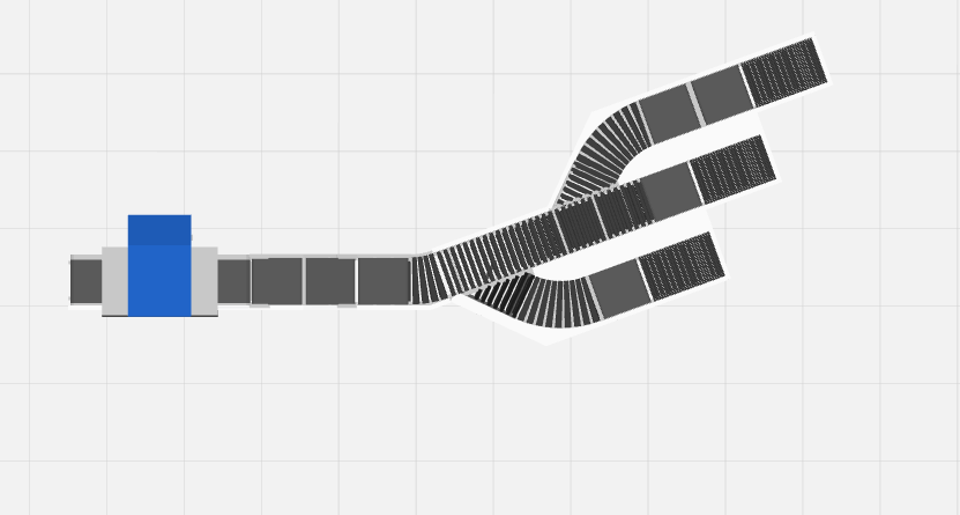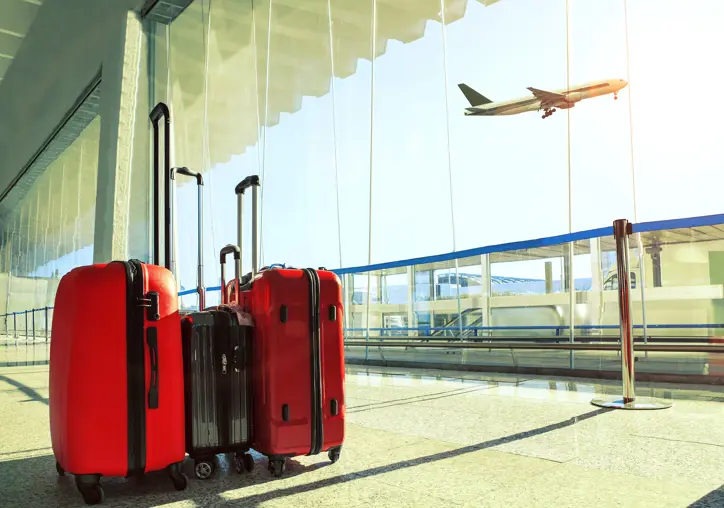Implementing ICAOs recommended responses to COVID-19 at the airport security checkpoint
The International Civil Aviation Organization (ICAO) has recently published Takeoff: Guidance for Air Travel through the COVID-19 Public Health Crisis, to advise and harmonise the aviation industry’s response to COVID-19.
These guidelines emphasise a multi-layered, phased approach to restarting air travel and encourage the implementation of processes such as mask wearing, enhanced hygiene standards, submitting travel declarations in advance and testing.
At Smiths Detection, we welcome this advice and hope that it is adopted globally to create a consistent response to the COVID-19 pandemic as countries begin to loosen lockdowns and air travel starts to pick up again. As a leader in security-screening equipment, we are particularly interested in the passenger checkpoint module.
Around the globe, we are working with airports to review their current security procedures to identify areas where improvements can be made to reduce the amount of contact points needed during screening, create efficiencies, and improve hygiene.
Looking specifically at the security-screening module, I would like to address some of the recommendations provided by ICAO and what technology could be used to achieve these.
ICAO Recommendation: Screeners and passengers should maintain physical distancing to the extent possible or wear the appropriate PPE to mitigate the risk of exposure.
There are many ways to achieve physical distancing between people at the checkpoint. Screening systems with low false-alarm rates (both people and baggage scanners) reduce the number of rechecks and therefore the need for close interaction between passengers and screeners.
The HI-SCAN 6040 CTiX has one of the lowest false-alarm rates on the market, and we are continuously seeking to improve this further. As a cabin-baggage scanner based on computed tomography (CT), it has the added benefit of allowing passengers to leave belongings in their bags, which reduces the number of trays that need to be touched and improves the throughput of passengers as less time is spent preparing for screening and fewer trays need to be screened. The high image quality of the CTiX and its intuitive GUI (graphical user interface) allow the quick identification of items of interest, resolution of alarms and reduction of touchpoints.
Millimetre-wave people-screening portals, such as Smiths Detection’s eqo, reduce the need for full physical pat-downs by identifying specific areas of the body that need to be investigated. The eqo has the advantage of an open layout to provide the space required for social distancing and minimal contact with surfaces. The low false-alarm rates of the eqo also reduce the number of rechecks required, so personal interactions between security operators and passengers are reduced.
Remote screening enables operators to be in a separate location away from the checkpoint.
ICAO Recommendation: Rearranging of security checkpoint access and layouts should be considered with the objective of reducing queues and crowding to the extent possible while maintaining desirable throughput. This should include both divestment areas and those areas where passengers retrieve their screened cabin baggage.
The security checkpoint presents unique challenges because of the typically high-contact nature of the screening process and the tendency for bottlenecks at this point in the passenger journey.
A well-balanced and optimised checkpoint lane – which considers the complex interdependencies of technology, process and people – will reduce bottlenecks and improve the passenger flow allowing for more distance to be kept between individual passengers.
Parallel divest stations, for example, have been developed to help improve the throughput. In response to COVID-19, social-distancing measures are likely to mean that some of these divest stations are closed to create space between passengers as they divest their belongings. In turn, this will probably lead to reductions in throughput.
Used for years to help design security checkpoints, Smiths Detection’s advanced checkpoint simulation tool is now being used to predict the impact of social distancing at checkpoints and it can help identify potential countermeasures.
In addition to closing down divest stations, sneeze guards are a quick and simple way to create physical barriers between people where distancing is not possible, such as between passengers in divestment areas and between passengers and staff in the reinspection area.
Some innovative checkpoint tray handling systems provide individual space to passengers at divest and reclaim as part of their designs:

ICAO Recommendation: Routine enhanced cleaning and disinfecting should be conducted, if required, of frequently touched/exposed surfaces and security screening equipment, including trays at the security checkpoint and baggage areas.
We recently launched the Ultraviolet-C (UV-C) Light Upgrade Kits, developed to reduce transmission of bacteria and viruses by automatically disinfecting checkpoint trays on any tray-handling system – regardless of vendor. Ultraviolet germicidal irradiation has been used in disinfection applications for over 100 years, often in medical sanitation and sterile work facilities with high hygiene requirements.
Short-wavelength ultraviolet-C light is used to kill or inactivate microorganisms by disrupting their DNA or RNA, leaving them unable to perform vital cellular functions.
The kits can be seamlessly integrated into any automatic tray-return system’s flow without affecting the overall speed, the length of the lane or the operational efficiency. This automatic system provides a very advantageous alternative to manual cleaning. We also offer a mobile standalone version for flexible use in any checkpoint.
ICAO Recommendation: Where possible, alarm resolution should be conducted in a dedicated area separated from the flow of passengers. This methodology mitigates the risk of queue build up and maintains passenger throughput but may require the positioning of additional personnel.
Remote screening is a perfect fit for this recommendation. As mentioned above, deploying image analysts in a central location away from the checkpoint has been shown to offer many benefits. Analysts can focus in the calm environment away from the checkpoint and make fast and accurate decisions.
Simply by removing the image analysts from the checkpoint, there are fewer points of potential human contact, which makes the process safer for both staff and passengers.
As well as deploying analysts in remote locations, Smiths Detection’s Checkpoint.Evoplus also improves operational efficiency and delivers the flexibility of being able to react quickly to changing passenger numbers through multiplexing. This means that networked images are collected from all security lanes across the airport and delivered to a group of analysts.
The throughput can be improved by sending an image to the next available analyst while the previous image is still being viewed by another operator and the corresponding tray is travelling along the decision conveyor. A steady flow of trays can be maintained with no need to stop the belt to wait for the analysts to finish their image evaluation.
—
The aviation industry are eager to get back into the skies without compromising the health and safety of passengers or staff. If applied across the airports globally, ICAOs recommendation will help to ensure a high-level and consistent response to the COVID-19.

